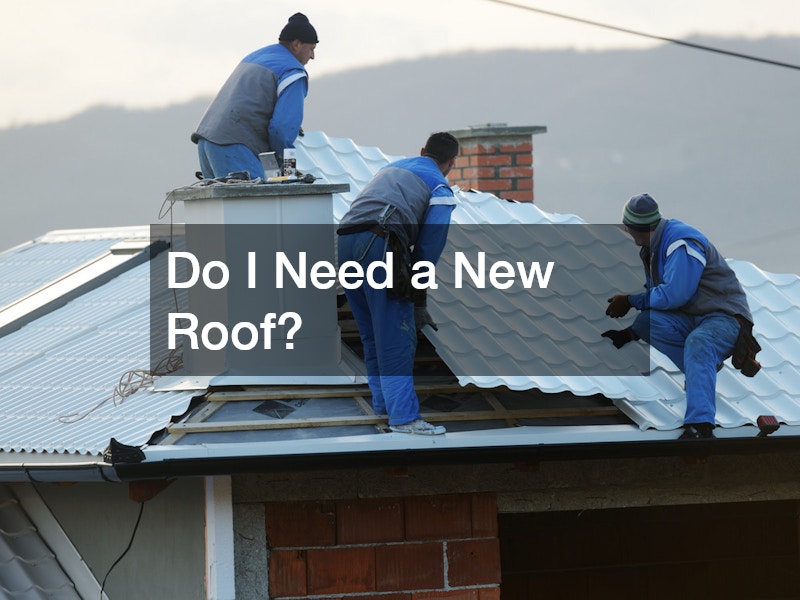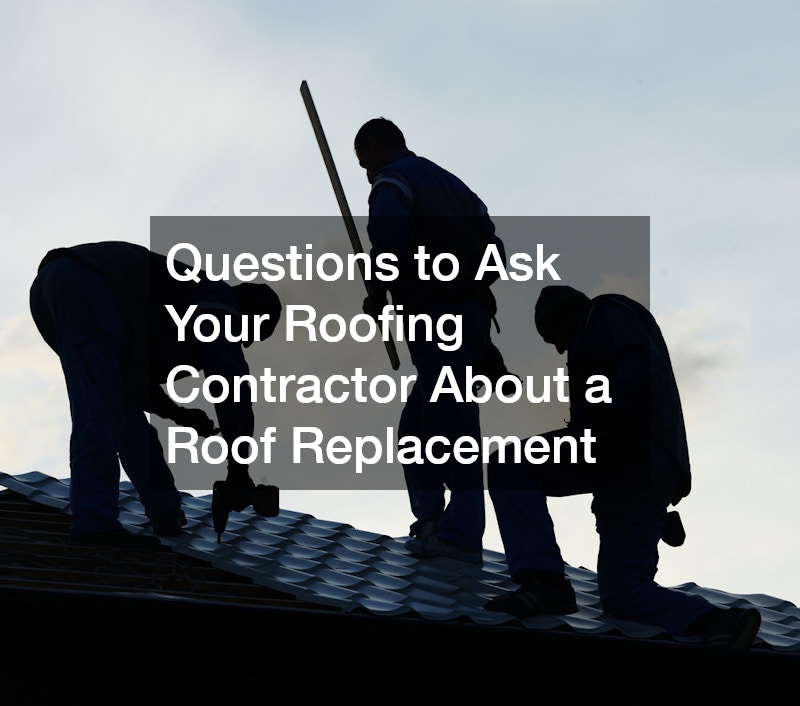Do I Need a New Roof?
Your roof plays a crucial role in protecting your home from the elements, maintaining energy efficiency, and preserving structural integrity. Over time, even the highest-quality roofing materials wear down. While some issues can be fixed with repairs, others may be signs that it’s time for a complete replacement. Understanding the indicators and weighing repair versus replacement can save you time, money, and future headaches.
Consider the Age of Your Roof
The first step in determining if you need a new roof is knowing its age. Most roofing materials have an expected lifespan:
Asphalt shingles: 15–30 years
Metal roofing: 40–70 years
Clay or concrete tiles: 50+ years
Slate: 75–100 years or more
If your roof is approaching or past its expected life, it may be more cost-effective to replace it than to continue with frequent repairs.
Inspect for Visible Wear and Damage
A visual inspection from a roofing contractor can reveal a lot about your roof’s condition. Signs that may indicate replacement is needed include:
Curling or buckling shingles – Often caused by moisture damage or age.
Missing shingles – Leaves your roof vulnerable to water infiltration.
Bald spots or granule loss – Asphalt shingles lose their protective coating over time.
Sagging areas – Could signal structural issues in the decking or supports.
Damage that’s isolated to one section can sometimes be repaired, but widespread issues typically require a full replacement.
Watch for Water Leaks and Interior Damage
Water stains on ceilings, peeling paint, or damp spots in the attic are strong indicators of roof failure. Leaks can occur for several reasons—worn shingles, failing flashing, or damaged underlayment—and may not always be visible from the outside.
If leaks are extensive or have been recurring despite repairs, replacing the roof may be the safest solution to prevent ongoing damage to your home’s structure and insulation.
Check Energy Efficiency
An aging or failing roof can make your home harder to heat and cool, leading to higher energy bills. Poor ventilation, inadequate insulation, and compromised materials can let heat escape in winter and increase heat gain in summer.
A new roof with proper insulation and modern materials can improve energy efficiency, lower utility costs, and enhance indoor comfort.
Consider Storm Damage
Severe weather can cause sudden and significant damage to a roof. Hail, high winds, heavy snow, or falling branches can loosen, crack, or completely remove shingles. After a major storm, it’s wise to schedule a professional inspection—even if the damage isn’t obvious from the ground.
In some cases, your homeowner’s insurance may cover roof replacement due to storm damage, making it a practical time to upgrade.
Evaluate the Frequency of Repairs
If you’ve had to call a roofer several times in recent years, it’s worth comparing the total cost of those repairs against the price of a replacement. Repeated patchwork often signals underlying issues that won’t go away without a full roof overhaul.
Assess the Roof Structure and Ventilation
A roof is more than just shingles—it’s an entire system. If the decking is rotted, ventilation is inadequate, or the flashing is failing, simply replacing the outer layer won’t address the bigger problems. In these cases, a full replacement is usually the best option for long-term performance.
Seek a Professional Inspection
While homeowners can identify visible damage, a professional roofing inspection offers a more thorough assessment. Roofers use specialized tools and training to detect hidden issues like trapped moisture, compromised seals, or structural concerns.
After the inspection, a reputable contractor will provide clear recommendations and explain whether repairs or replacement make the most sense.
Deciding whether you need a new roof comes down to several factors—age, visible damage, leak history, energy efficiency, and the overall condition of your roofing system. In some cases, targeted repairs can extend your roof’s life; in others, investing in a replacement will save money and provide peace of mind for years to come.
By staying proactive and consulting with a trusted roofing professional, you can make an informed decision that protects your home, enhances comfort, and maintains its value.




